After implementing HR technology, how do you gauge its success? Rather than focusing on daily log-ins, consider deeper questions: Is the system supporting key HR processes like payroll automation and adapting to your company’s culture? Let’s dive into what you should evaluate.
1.Are Your Processes Benefiting from the Technology?
The first sign of successful implementation is a shift in HR processes. For the HR team, workload reduction is key—automation should allow them to focus more on strategic work than routine tasks. Whether it’s payroll, performance management, or recruitment automation, each process has its own flow. While employees may not use the system every day, the real question is: Does it make key processes more efficient?
For example, has payroll automation shortened cycles? Are performance reviews easier to manage? These are the improvements you should be looking for.
2.How Does Company Culture Influence Technology Adoption?
Your company’s culture plays a big role in how well employees adopt new technology. In some environments, such as factories, employees may not need daily access but still require system support for tasks like applying for leave or viewing their data. Are you matching technology usage to business requirements? Understanding how your employees work and what they need from the system is crucial to assessing the system’s success.
3.Has the HR Team’s Workload Shifted?
Your HR team might experience an initial workload increase during the learning phase. But as HR process automation takes hold, their workload should decrease. Routine tasks like data entry or attendance tracking should become automated, reducing administrative burdens. An example is moving from manual attendance registers to biometric systems – a clear indicator of workload shift. If you’re not seeing this reduction, it’s time to reassess.
4.Are Employees Becoming More Efficient with the Technology?
How has the system impacted the skills and efficiency of your team? Tasks like generating reports or completing payroll inputs should be faster with automation. If these tasks still take the same amount of time, either the system isn’t fully optimized, or additional training is needed. Look for improved completion times and fewer bottlenecks as signs of a successful implementation.
5.Is Data and Information More Accessible to Authorized Teams?
One of the biggest benefits of successful HR technology implementation is the increased accessibility of employee data. Authorized HR staff should be able to quickly access reports, track employee progress, and complete reviews efficiently. The system should be enabling faster decision-making, not complicating it.
Conclusion
Successful HR technology implementation is about more than using the system—it’s about transforming your HR processes and ensuring that technology fits seamlessly into your company’s culture. If you’re wondering whether your system is truly making a difference, ask yourself: Is the workload lighter? Are tasks completed faster? Is the system supporting key processes like payroll automation? If you’re unsure, SBS HR, your trusted HR transformation and HR implementation partner, is here to guide you through optimizing your technology for lasting success.
To read the previous blog, Click Here
